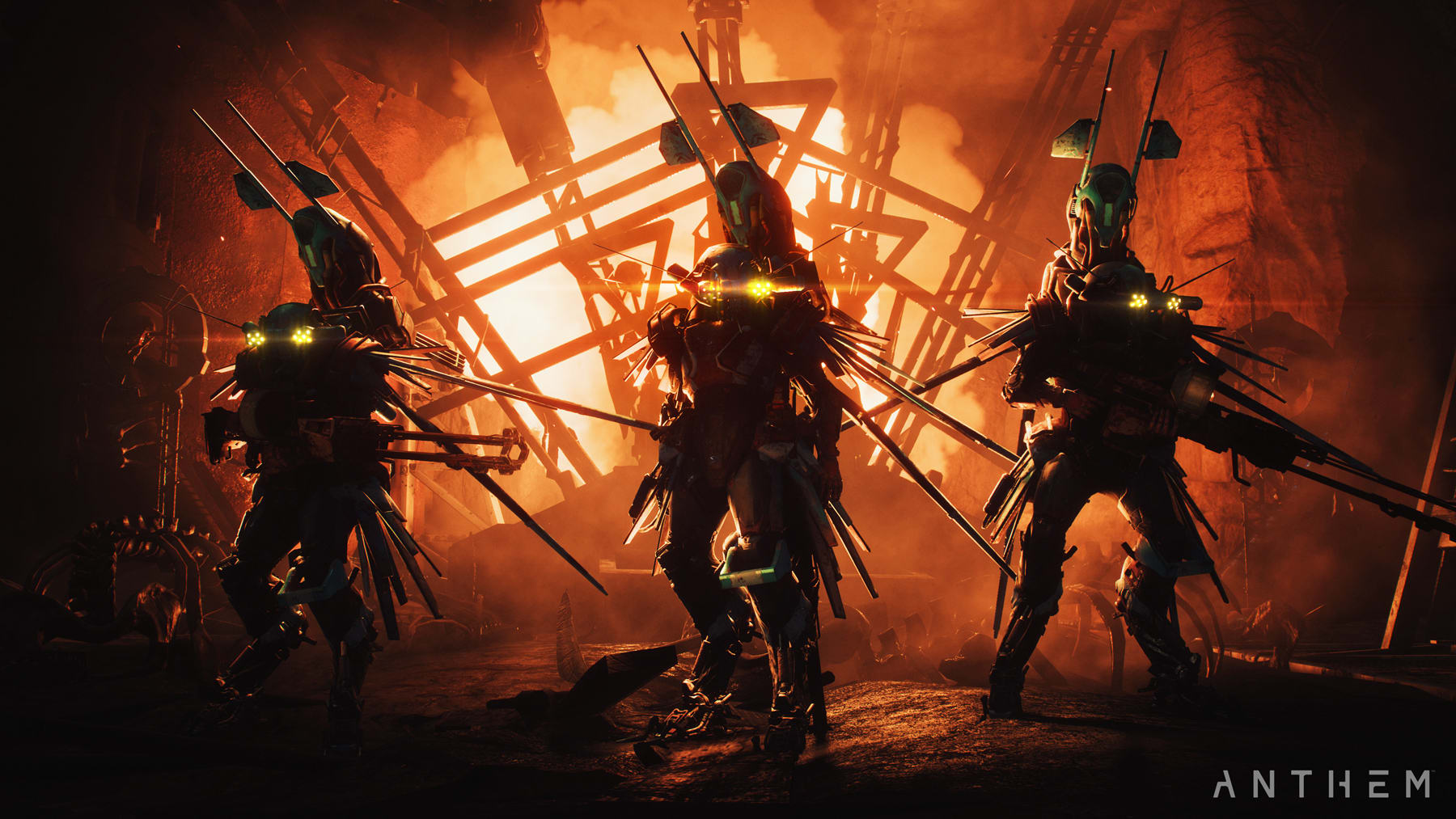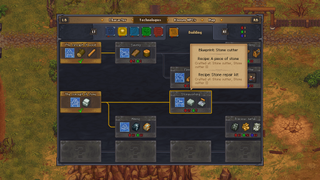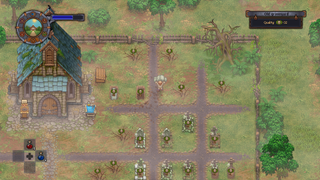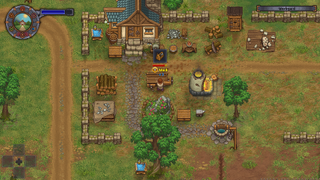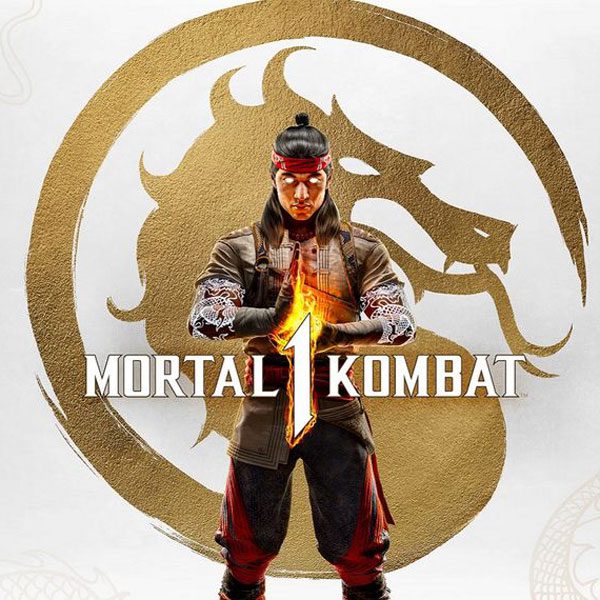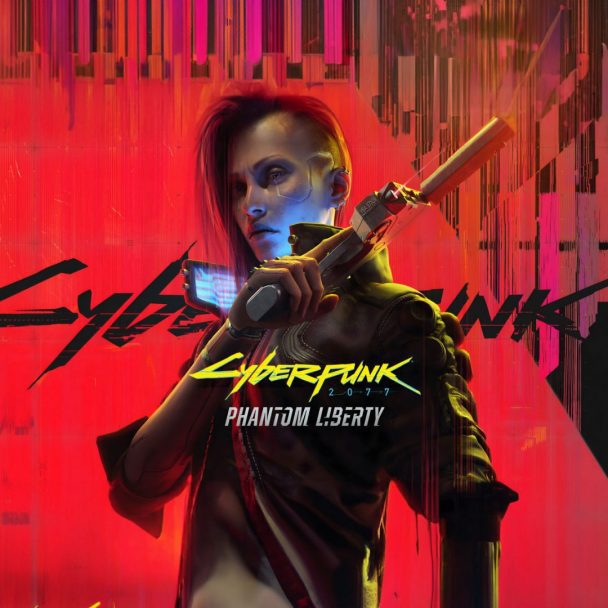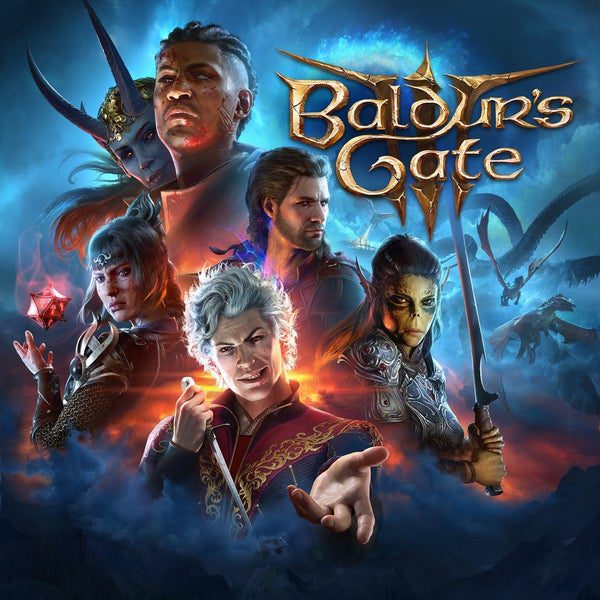Rainbow Six turned 20 this week, yet another in a series of impressive milestones for Ubisoft’s special ops series. We could equally well say it’s 20 years since the tactical shooter genre was born, 20 years since ‘realism’ was seriously applied to an FPS, or 20 years since the ‘Tom Clancy’ name began a journey towards becoming one of the most recognisable prefixes in gaming.
Considering where it stands today, it’s impressive to think that the Tom Clancy video-game phenomenon started with just two developers at Red Storm’s North Carolina office, with little experience and no serious architecture underlying the game they were working on. “We just started building stuff, and changing it as we went along” is how Rainbow Six lead designer Brian Upton puts it. For this anniversary I spoke with Upton about the making of Rainbow Six, the unlikely role played by Quake, and just how much input the game had from Tom Clancy himself.
For a video game about shooting all manner of extremists, it’s a little ironic that Rainbow Six was so radical in its own time. You can read more here, but to summarise: it entered an FPS landscape defined by grungy, blood-strewn blasters like Quake 2, Unreal and Shadow Warrior. Rainbow Six was a different breed, forcing you to contend with reloading, one-shot kills, mission planning and squad management. Where its peers had Doom or Quake for their references, Rainbow Six had nothing.
This didn’t bother the young team at Red Storm Entertainment who, according to Upton, were oblivious about the unprecedented task at hand.
“I think our inexperience kind of blinded us to how different Rainbow Six was from other shooters,” Upton says. “We were just making the game we wanted to make, and solving design problems as they cropped up. The real pressure came because we hadn’t anticipated how much work it takes to ship a game. If we’d had more experience, we would have been able to better plan out the production and save ourselves a lot of grief at the end.”
Red Storm Entertainment was co-founded by Tom Clancy, Doug Littlejohns and Steve Reid in May 1996, and work began on Rainbow Six soon after. The game was originally called ‘Black Ops’, expanding from a concept centred around the FBI Hostage Rescue Team. Clancy loved the idea, so much so that (though Upton and Red Storm didn’t yet know this) it would go on to be directly tied into his next novel. In the early going Red Storm even flirted with a more campy 60s-style theme inspired by Austin Powers, but in 1997 started to tie more closely into Clancy’s upcoming novel.
When work began on the game, the development team consisted of Upton and another programmer, though it eventually expanded to five people. With such a small team everyone operated across multiple roles (Upton himself was designer, programmer, lead engineer and VP of engineering) and there was no particular workflow in place. “There was no object database, no standard way to pass messages between objects, no developer tools,” Upton recalls. “Even something as minor as shifting the starting location of an enemy involved running a debug version of the game, moving to where you wanted him to be, pressing a button to display the current coordinates, then manually typing those coordinates into a text file!”
Such lack of development infrastructure wasn’t uncommon back then, and had its perks as well as downsides. There was less bureaucracy, fewer hoops to jump through and, if a developer wanted to throw in a feature on a bit of a whim, they could. That’s how Upton came up with the targeting reticle, which would expand and shrink depending on whether the player was walking, running, crouching or standing still. It was a quiet revolution in shooting mechanics.
When I asked Upton about how the reticle was conceived, I was half-hoping it was based on some wisdom passed down from some of the experts that Clancy arranged to advise on the game. The reality, however, was more grounded, stemming from the relatable woes of playing a shooter against someone younger and insurmountably faster than yourself.
“We played a lot of Quake at the end of the day, and there was one young guy on the team who had amazing twitch reflexes. He could snap around and headshot you in the middle of a jump”, Upton recalls. “It was really annoying because I was in my early 30s and my reflexes were much slower, so I was like ‘I’m going to design a shooting mechanic where Juan can’t headshot me!’ That’s where the reticle came in. Afterwards we justified it because of realism, but the original idea came out of my frustration of getting killed in Quake.”
That was not the only role that Quake played in the development of Rainbow Six. Another reflection of the unprecedented nature of the project was how many familiar shooter elements it was leaving behind: Upton and the team weren’t sure how an FPS without health pickups, jumping or a substantial health bar would work.
With no comparable game to look at Red Storm created — what else? — a Quake mod with the basic rules of Rainbow Six to see whether it would actually be any fun. It passed the test, though Upton stresses that this was more a proof-of-concept than a prototype. “The whole planning interface and AI team system wasn’t prototyped at all. We just started building it,” Upton confirms, which is in-keeping with the rest of Rainbow Six’s freewheeling development.
Other happy accidents of the development process were that lack of a jump button, and visible gun model. “We were a small team on a tight deadline and having a visible gun is a fair amount of work,” Upton says. “It wasn’t just the modelling. If you have a visible gun you also have to have the bullets originate from the barrel and that has implications for how targeting works and how bullets interact with obstacles in the world.”
Meanwhile jumping (that bane of all realism) was being seriously considered for inclusion, even though Upton was secretly hoping it’d miss the cut due to time constraints. What swung this decision could be tangentially accredited to Clancy himself, who hooked Red Storm Entertainment up with technical advisers — actual former counter-terrorism operatives who could provide the kind of fine details that would make Rainbow Six shine (such as getting those tightly-packed postures and animations of the squads just right).
“I remember being thrilled when one of our technical advisers told us they never jumped because it interfered with their ability to maintain a stable firing platform,” Upton tells me. “You can’t effectively return fire if you’re in the air, so they never jumped over an obstacle if there was another way to get where they needed to go. ‘Great! That’s one more animation we don’t need to implement.”
Scrapping these elements afforded more development time to the parts of the game that would ultimately define it, like the level design, camera and AI behaviour; wounded enemies would flee and fetch backup, while spooked ones could execute hostages if you weren’t careful. The open levels were painstakingly handcrafted with little repetition of textures and geometry, giving each one a unique and organic feel. Where levels in other shooters could often blur into one, and this is more difficult to appreciate two decades later of course, Rainbow Six had the feel of a globetrotting spy thriller.
Rainbow Six was unforgiving. Its permadeath campaign meant that your supply of skilled, named operatives could whittle down as the game progressed (unless you repeatedly reloaded a mission to get the perfect run). “It was just the result of us being really bloody-minded about realism,” Upton says candidly. “We had decided that part of the Clancy brand was letting players think they were getting a window into ‘how it really was.’ So what do you do if a character gets killed? Well, dead is dead.”
Rainbow Six did tone down the realism in other areas, but only when it could easily be hidden, such as operative movement speed, which Upton says is “about twice as fast as operatives would move in real life.”
Beyond providing Red Storm with specialists, Clancy didn’t get involved much with the development of Rainbow Six. “He wasn’t a gamer, so he didn’t have any meaningful feedback on how the game played,” Upton says. “He was there at the original brainstorming session where the idea originated, but he didn’t come up with it. I wrote the original draft of the story, not Clancy.”
According to Upton, Clancy in fact used the game’s premise of counter-terrorists vs eco terrorists for the Rainbow Six novel, then went on to build a more elaborate story around it which Red Storm had to adapt to (the game and the novel were timed to release at the same time). When a draft of the final novel arrived late in development, Upton found it wasn’t too dissimilar to the game. “Fortunately he followed our plot pretty closely because at that point the levels were already all built and we couldn’t have accommodated any major changes,” Upton says. “Most of the changes were just in names and mission briefings.”
Another thing that arrived late in development was the name of the novel, and subsequently the game. It seems a distant worry today, but Upton wasn’t convinced at the time. “‘Rainbow?’ For a gritty realistic shooter? And the number on the end was going to make coming up with a title for a sequel tricky! I was overruled though.” In fairness to Upton, the original title of Black Ops would eventually prove itself as very marketable when Call of Duty used it 12 years later.
Upton’s reservations about the replacement title would of course prove unfounded. Rainbow Six launched on 21 August 1998 to critical acclaim and excellent sales, kickstarting a hugely successful series and arguably an entire gaming genre. He did, however, have a point about the title, with the series shying away from numbers barring Rainbow Six 3: Raven Shield. The latest iteration, Rainbow Six: Siege, sits pretty as one of the world’s most popular online shooters with over 35 million players. Rainbow Six came up with its own rules, its own style, and its own way to play. Say what you will about the name, but it certainly led to gold.









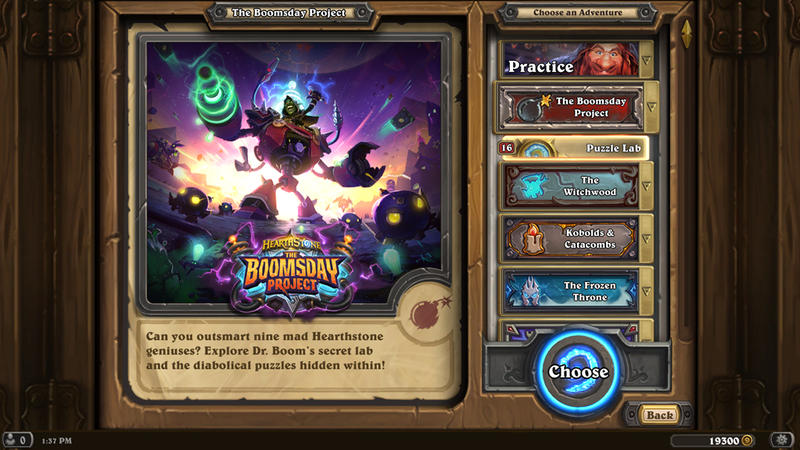

/cdn.vox-cdn.com/uploads/chorus_asset/file/12548037/World_of_Warcraft_Battle_for_Azeroth_Sylvanas.png)
/cdn.vox-cdn.com/uploads/chorus_asset/file/12548041/World_of_Warcraft_Battle_for_Azeroth_Zuldazar_02.png)

